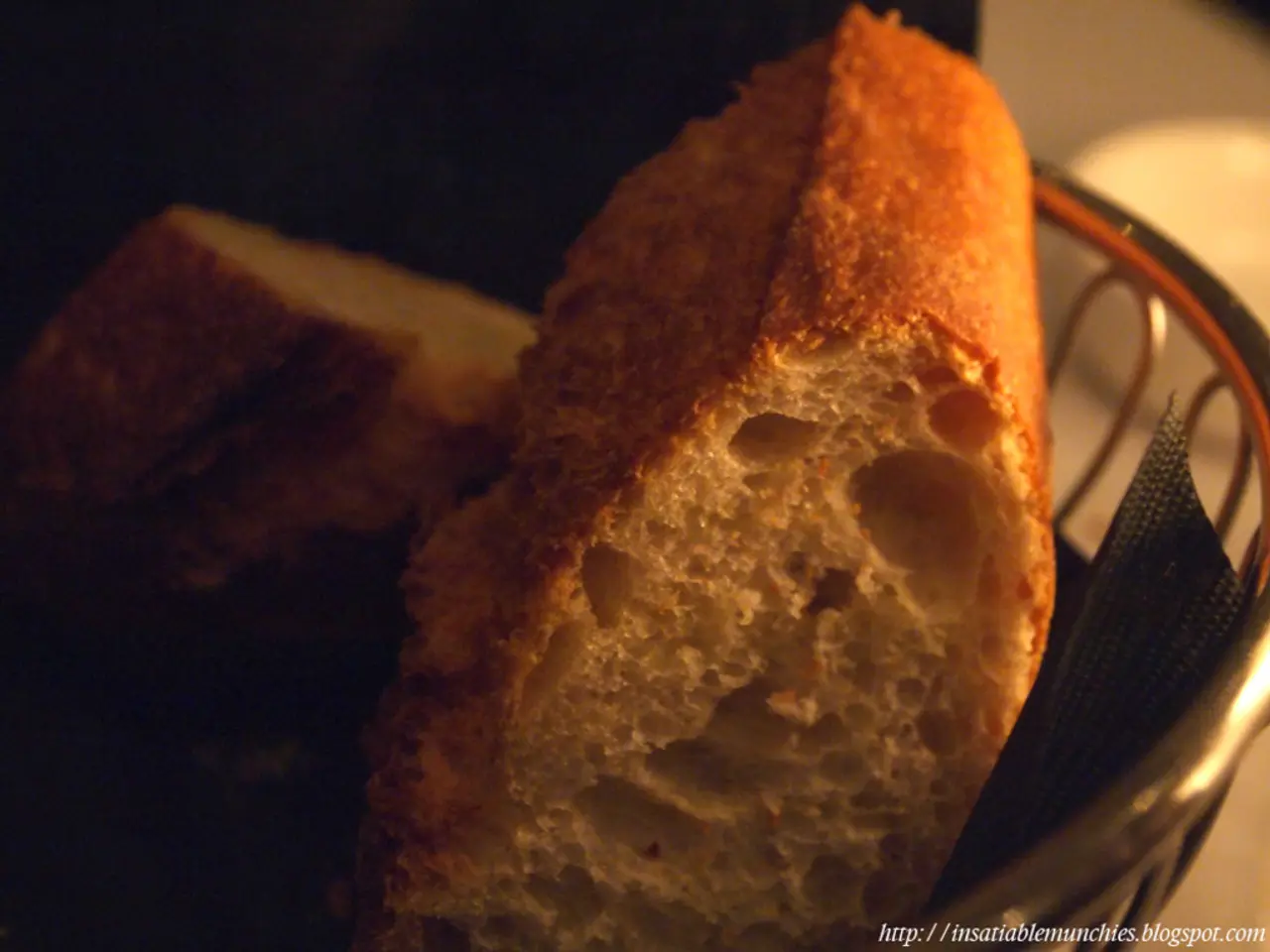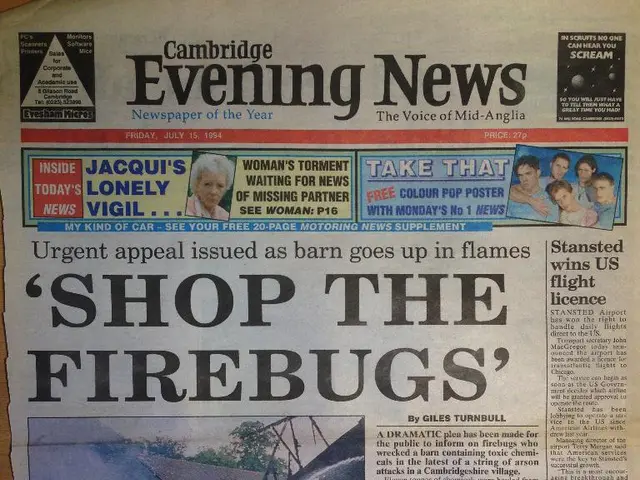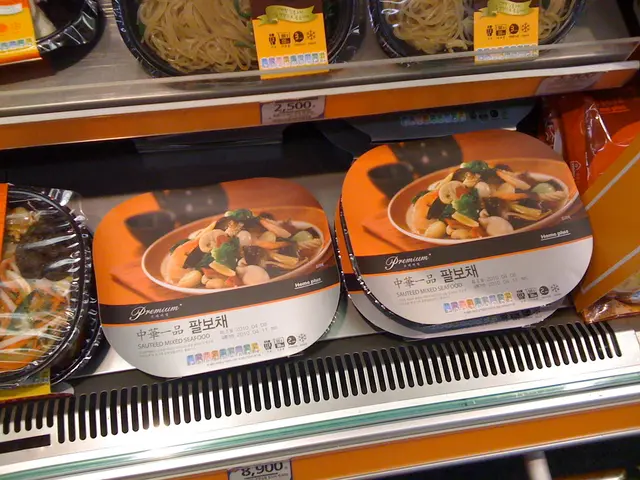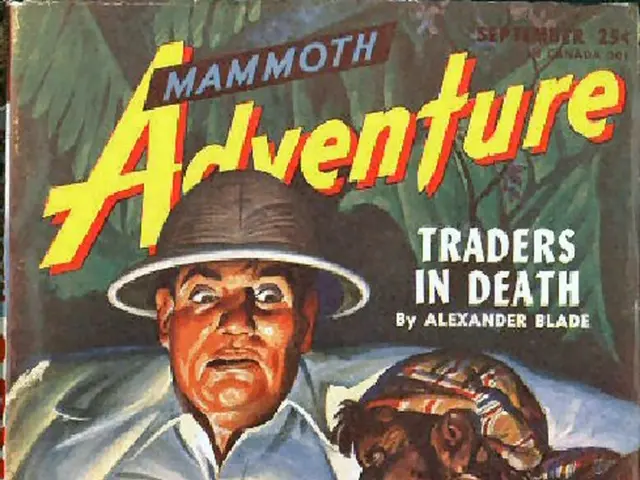Baltimore's Food Environment Map Visualizes Food Deserts, Combating Hunger and Waste
Baltimore has launched an innovative tool, the Food Environment Map, to visualize food deserts using city-specific methods. Meanwhile, smartphone apps like CropMobster and Food Cowboy are connecting food wholesalers with charities to combat food waste. These initiatives tackle the pressing issue of food insecurity, with 14% of American households struggling to feed all members at least once a year.
The USDA's Food Access Research Atlas maps food deserts nationwide, providing an API for in-depth analysis. Currently, 23.5 million Americans live in these areas, putting them at risk of poor nutrition and diet-related health problems. To facilitate food donation, the MEANS Database matches excess food with nearby food banks and pantries. Big data is proving crucial, with Chicago's open data portal publishing food resource data to support civil society efforts and monitor progress.
In the realm of policy, officials are urged to promote data use to address societal issues like food insecurity. The Capital Area Food Bank, for instance, uses mapping data to serve previously unanticipated food needs in suburban areas.
These innovative tools and platforms are working together to reduce food waste and hunger. By leveraging technology and data, they aim to ensure that no one goes hungry while minimizing waste. As policymakers encourage data use, these initiatives can be further enhanced, ultimately creating a more sustainable and equitable food system.






